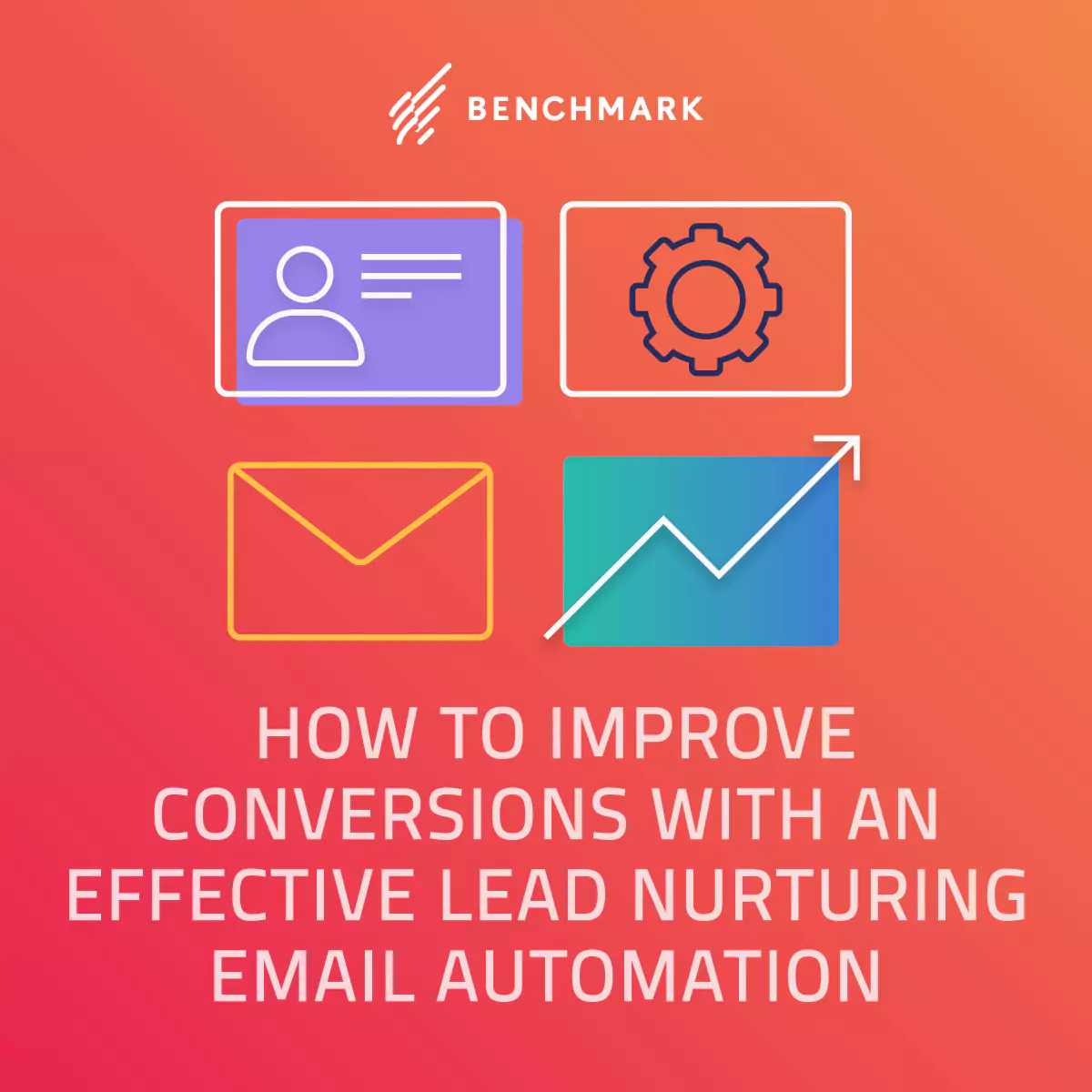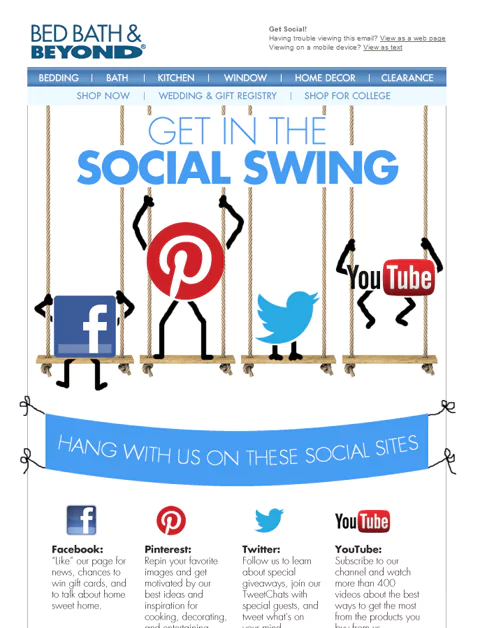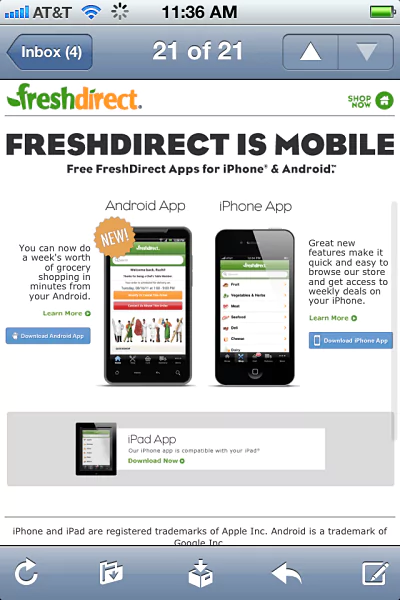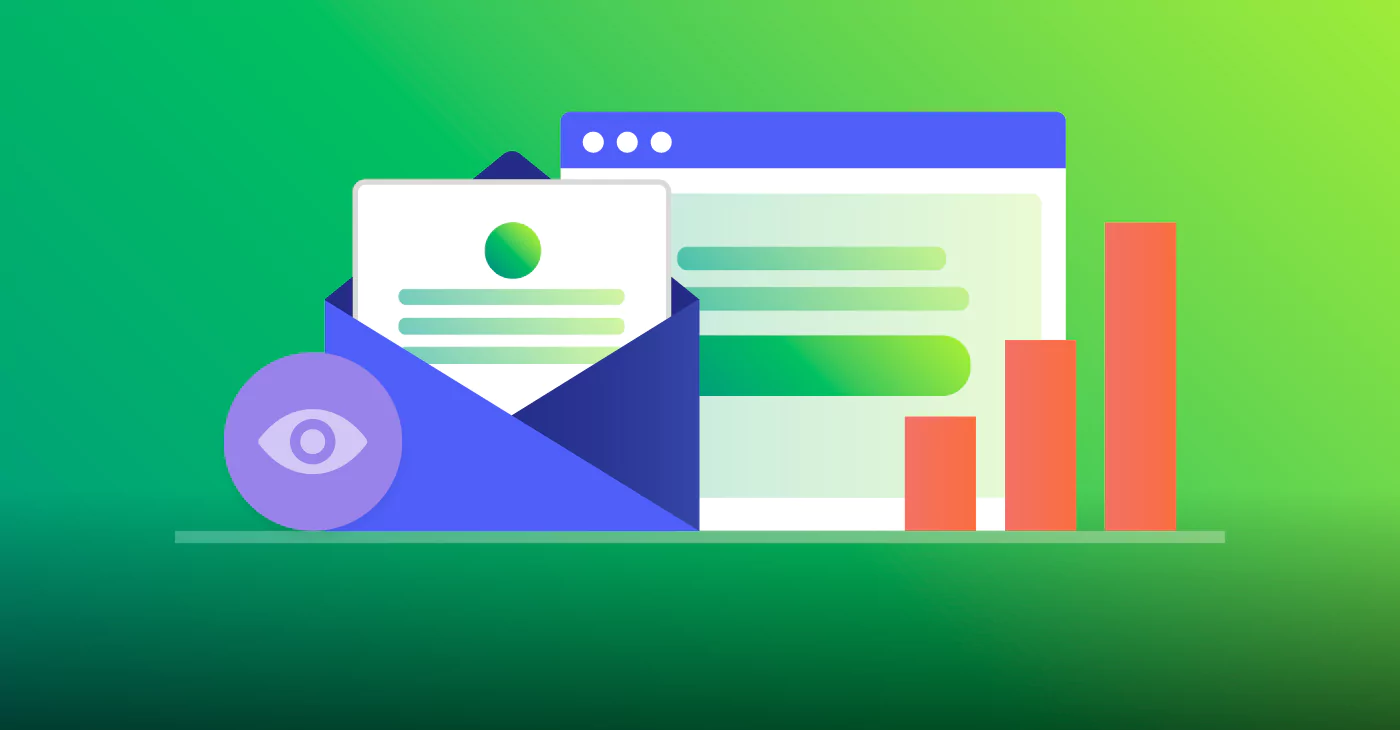How To Improve Conversions With An Effective Lead Nurturing Email Automation
May 21, 2019 9 min read

Have you ever bought anything online just from the first website you visit?
No, right?
You check out different websites, compare prices and offers, do your research and then finally make a purchase. Whenever someone hits your website, it doesn’t mean that they are ready to buy.
In fact, most of such leads are either in the research phase, which implies that they want to know more about you or, they are in the consideration phase, which implies that they still need some time before making a final purchase. They need to be convinced why should they purchase from you. As per a survey, 50% of leads in any marketing funnel are not ready to buy. Hence, lead nurturing comes to your rescue to allow you to make most of these leads.
Lead nurturing is just like dating. While dating, you are expected to understand your partner’s need, similarly, in this case, you have to understand your client’s buying process. Ideally, your leads should maneuver down the marketing funnel themselves but that is not true in reality.
In the real world, you need to nurture your leads to drive them down the marketing funnel. You have to be their guide from the time they visit your website and then convert them into a lead, make them your buyer and finally your promoter. It is just like building and growing a relationship.
Having leads is great but if you don’t convert them into sales, this is useless. As per a study conducting by MarketingSherpa, it was found that around 80% of new leads don’t convert to sales. Marketo, a provider of automated marketing services found that companies that are able to effectively implement lead nurturing enjoy 50% more sales at around 33% less cost.
Likewise, demand generation services company, the Annuitas Group observed that nurtured leads are likely to make 47% larger purchases. This is why creating a lead nurturing program is so important.

Before we delve into how to implement lead nurturing into your marketing and selling process, let’s first understand what is lead nurturing and why is it so important?
What is lead nurturing?
To put in the most simple words, lead refers to contact with a potential customer also known as a prospect.
Nurture means to care. Thus, lead nurturing is a process of taking care of your leads. It a process of developing relationships with the buyer at every stage of the sale cycle.
Why do you need a lead nurturing program?
Lead nurturing is a crucial component for marketing success across all industries.
Be it a B2B or a B2C company or a SaaS company, they all need an effective lead nurturing strategy. There is no point in having a lead generation campaign if there is no plan for effectively converting leads into sale. An effective lead nurturing campaign will –
- Boost Sales and Revenue. Modern customers are not only impressed by flashy websites and a strong social media presence. They consider these things as a bare minimum and look out for substance. They need to be assured that their best interests are kept in mind. As per a Demand Gen Report nurtured leads produce, on average, a 20% increase in sales opportunities versus non-nurtured leads.
- Increase Staff Efficiency. An automated lead nurture system adjusts itself based on the communication of the prospect and minimizes the role of sales personnel. They only need to intervene at the last stage when the lead shows signs of purchasing.
- Shorten sales cycle. An effective lead nurturing campaign, drip appropriate content depending upon where a buyer is the sales cycle. When buyers complete their research and arrive at a sales-ready stage, sales won’t have to waste time in understanding their pain points and needs as they are already educated and these issues have been addressed beforehand. Bulldog solutions found that companies that invest in marketing automation solutions witness 70% faster sales cycle times.
- Minimizes Sales Leakage. To paraphrase an old adage: you always buy from the last person you speak to.
For any product or service, especially B2B, that has a long consideration stage (anything more than a few weeks) the buyer will very often rspeak with multiple vendors and can easily forget those they encounter at the early stage of the investigation period. In these cases, lead nurturing is a powerful way to stay top of mind for those prospects and ensure, when they do finally decide, you are actively considered and not forgotten.
Now since you are familiar with the concept of lead nurturing and its importance, the next step is to learn how to nurture your leads. One of the best ways to communicate with your leads is through emails. As per a survey by Merkle, 74% of consumers prefer to receive commercial communications through email. Direct Marketing Association says that email marketing has an ROI of 4,300%. Lead nurturing through email marketing allows your brand to stay in constant communication with your prospects.
Email Automation
Emails are the most direct and cost-effective method to get specific content to a specific lead. However, imagine sending nurturing emails to all your clients manually.
Well, you can do it for 50-100 leads but what about 50,000-1,00,000 leads. It will make your process massively slow and time-consuming.
Automation helps you to send the right content to the right lead at the right time. You can just create a lead nurturing campaign through email automation and your job is done. You can focus on your core business and your leads will be taken care through your email marketing automation strategy.
Email drip campaigns can be complicated and intimidating. You are required to create a bunch of content and weave it all together to persuade your leads.
Here are a few simple steps that you can follow to make email marketing for lead nurturing your magic tool to generate more revenue:
1. Send introductory emails. Start your lead nurturing camping by dripping a few introductory emails about your brand. For instance, have a look at this email from designbetter.co. It welcomes the prospects, brief them about what to expect from the brand’s emails. This is the first step towards engaging and nurturing the lead so if you provide adequate information about the brand it will help the lead to engage further.

2. Get to know your leads. After you have introduced your brand to the lead, it is imperative to figure out where your prospect is in the marketing funnel. The goal is to gather as much information as you can about your lead. To cater to the needs of your lead you should first know its preferences. You may gather all the information from your lead in the form of a questionnaire in exchange for a free download or a discount coupon. Once your prospects are familiar with your content and recognize its quality, they’ll be more willing to trust you with the information you need in order to receive something helpful in return.
3. Segmentation. After you have gathered all the information about your prospects, you can move to the next step of the lead nurturing campaign i.e. segmentation. On the basis of the information received, categorize your leads on the basis of gender, age or whatever suits best for your company. In this example, Adidas segmented their list by gender in order to ensure their female customers received content that was most relevant to them: This will enable you to deliver exactly what your prospect is looking for. If you deliver great and appropriate content, your prospect is more likely to come back which in turn will provide you with more information and will let you segment even better, and the cycle continues.

4. Engage your leads. It is not a golden rule that every time you only have to talk about your product. At times, you may send educational content which is likely to engage your prospects. For instance, Makaan does something in their nurturing emails that works like a charm: education. By sharing an interesting article with the reader they are providing value in exchange.
5. Automate email delivery. Did you know automation does not only assist you in saving time but also enables you to deliver content at the time and the day your prospect is most likely to respond? A well-written campaign is a waste if it gets at the bottom of your subscribers’ list. Research highlights that the time you send your emails has an effect on opens, click-throughs, and, yes, even revenue. When you schedule email delivery, your customers who reside in different time zone will also get emails at a good time.
6. Personalize. As per a survey by DemandGen, leads that are nurtured with personalized content convert into sales at 20% higher than those who aren’t. The genius of segmentation and automation lies with your ability to deliver content that’s tailored to your individual prospects. This email from Robin Sharma is the perfect example of personalization. This email looks like the CEO is directly speaking to prospect and adding value without directing the sale.

7. Provide CTA. To engage your leads it is crucial to give them call-to-action. In general, CTA buttons out-perform text links, often because so many people scan emails instead of reading them. They should know why are you sending them an email, what are they expected out of it. Referring to the example above – the CEO wants the prospect to watch the video and tell the prospect the guide motivational videos he is making. The “play button” – call-to-action certainly stands out in the email.
8. Use visuals and graphics. Eye-tracking studies have shown that readers spend more time looking through images than reading text when they are relevant to the copy. So if you can align images in your email while educating your readers, the message will stick with them for longer and have a higher impact.
9. Add customer reviews. When you know a lead has been looking to buy a particular product or a service but hasn’t actually made a purchase yet, then you may send it an email like what Casper has done. This will reinstate the quality of the product or the service the prospect is intending to buy.

10. Holiday Marketing. Holiday marketing uses seasons, festivals, etc. as a type of campaign to nurture leads. Both B2B and B2C companies take full advantages of running holiday-themed campaigns throughout the year. While drafting such an email you must keep it sweet and short. For instance, here Nykaa in its email campaign talks about 7 summer beauty favorite.

By following these simple steps, you’ll are likely to tap into one of your greatest resources, building brand loyalty and awareness and generating more revenue than ever before for your company.






